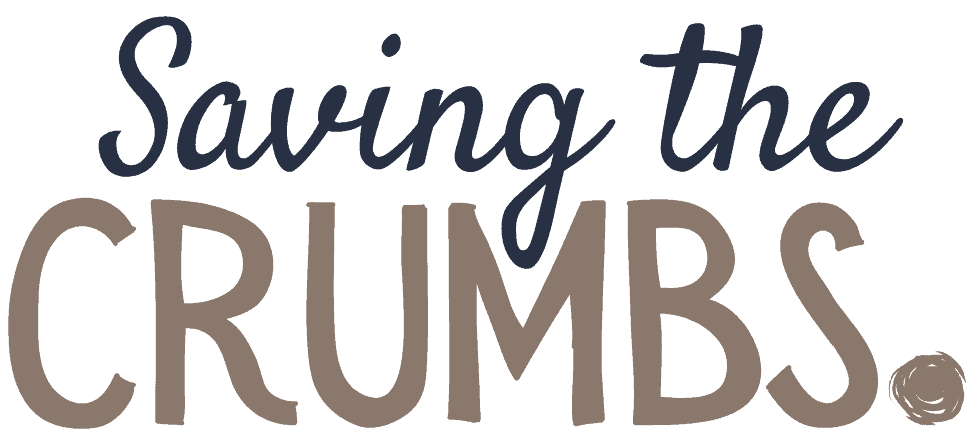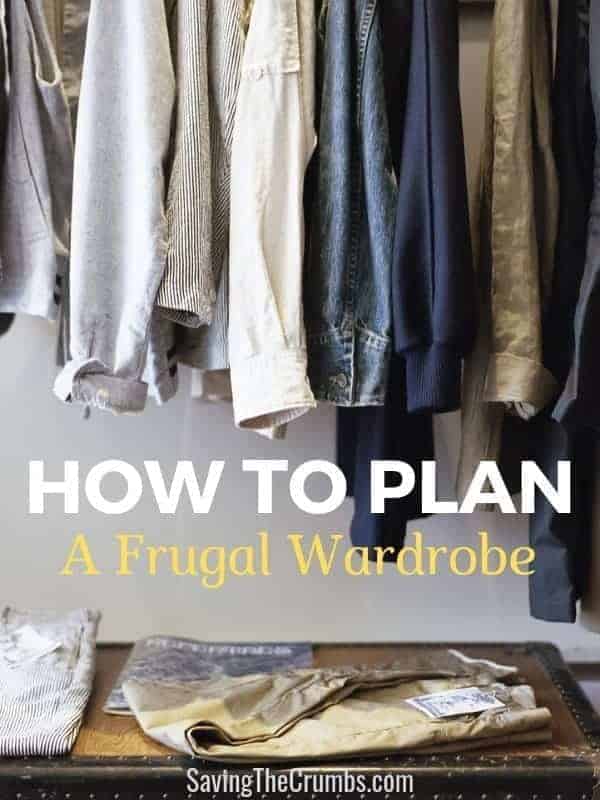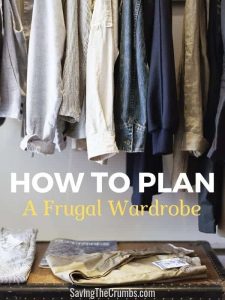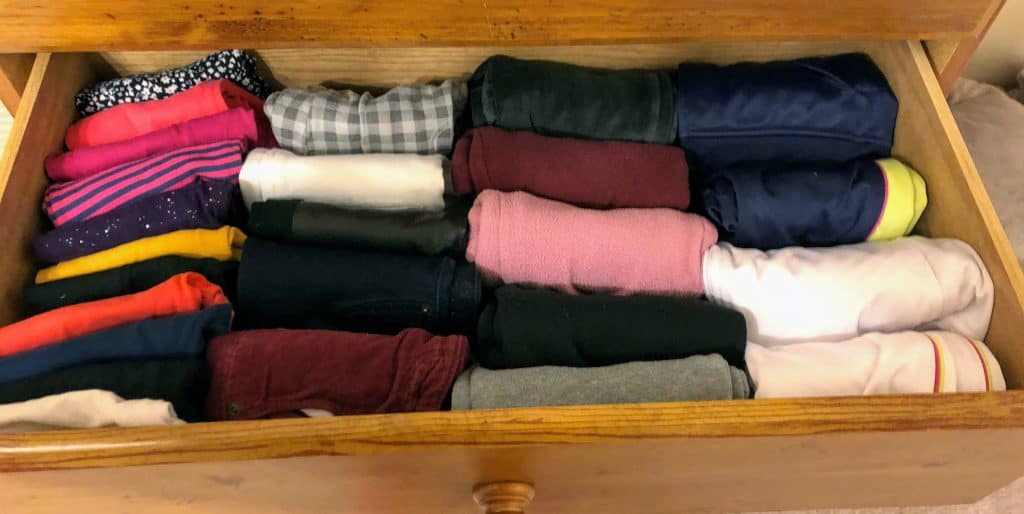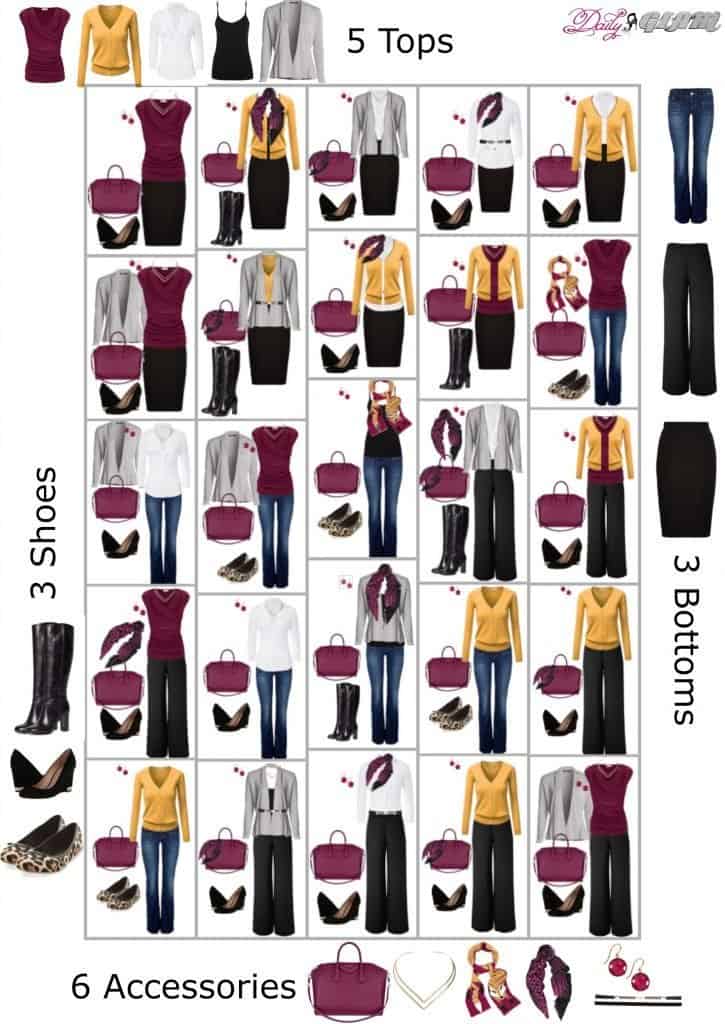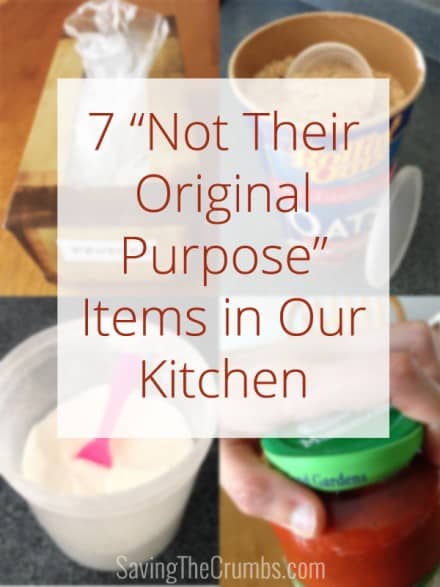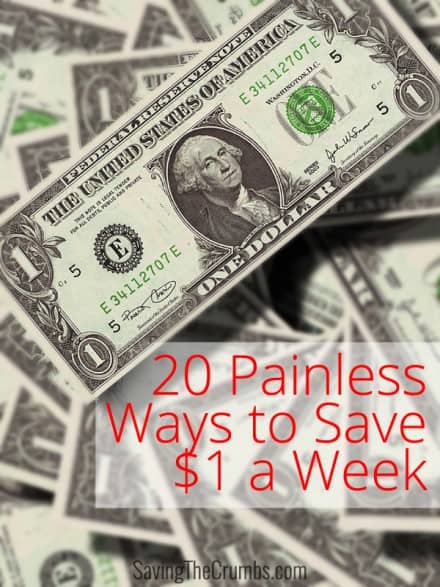Konmari folding method with Little Crumb Savers pants, which previously were so messy the drawer would not close
Folding neatly and determining what articles of clothing spark joy is a great way to organize your life and get rid of unnecessary clothing. But what about when buying or determining your wardrobe? If I bought everything that sparked joy in my natural woman’s heart, I assure you that even for this crumb saver, it would start getting pretty expensive (and it definitely would not light a spark of joy for Al). So are there any principles that could make us efficient outfitters? I’m talking about owning clothes that go with almost anything, that we can wear over and over in a variety of ways, and choosing clothing so that one purchase does not demand an additional 3 or 4 purchases to make the outfit.
I’m going to share with you my wardrobe philosophy. It may not be that profound, but it’s something I’ve put into practice for many years and has helped me think through my purchases a bit more rationally instead of just emotionally and most importantly, has helped me save money.
1. Pick a color as your primary support wardrobe
For me, perhaps one of the most practical ways to save money was picking a neutral color that would become the base or support for all my wardrobe purchases. (“Wardrobe” meaning clothes, jackets, purses, shoes, hair accessories, etc. Anything that goes on me that I would want to match.) Usually, but not always, I found that the color is influenced by hair color and is frequently black, brown, or white. Once I determined the best color for me, I tried to keep most of my wardrobe so that I could support and base it around that color. Let me explain.
Because I have black hair, it is my preferred base color. So I choose to keep the majority (probably 70-80%) of my wardrobe based on a black supportive theme. By that I mean I just plan that with most things I wear, I will wear with
- black shoes
- a black coat
- and use a black purse.
If I buy a dress, a skirt, or even new glasses frames, I try to buy one that will pair well with my black primary support wardrobe. As you can see, it makes planning an outfit much more straightforward. Nice brown dress on sale? Tempting, but no thanks. I don’t want the burden of having to expand my whole wardrobe to include all the brown accouterments just for one dress.
Now if you have plenty of space, don’t mind spending a little extra money, and enjoy a bit more variety, instead of restricting yourself to one support color, you can have a wardrobe based on 2-3 support colors. Most crumb savers shouldn’t need much more than that however, because having shoes, purses, and jackets in black, brown, and white should match just about anything! So go ahead and say “no, thank you” to the baby blue heels, even if they match your new dress perfectly. White will do just fine…..and will match 20 other outfits in your closet.
2. Stick to solids for tops, bottoms, or both
Have you ever wondered why it’s so easy for men to pick out their outfits in the morning, especially for church? Think about it. How difficult is it to match a solid color shirt with solid color pants? They rarely have to pick from flowers, polka dots, big bold lines, large geometric shapes, or leopard prints. The worst they have to worry about is matching a paisley tie and making sure their shirt tails are tucked in – although some men need help with that too. (Of course, my husband begs to differ and argues that the men of today have many more options than my dad did decades ago. But although I may be exaggerating a bit, I think a quick browse through most guys versus gals closets will show a pretty significant difference.)
So, how can we simplify dressing for women? My theory is to try to stick to solids for as much of my wardrobe as possible. That way, mixing and matching becomes considerably easier and I don’t need as many clothes.
Sometimes it helps to start by picking either tops or bottoms for solids. Of course, jeans and pants will naturally be easy. But when it comes to shirts and skirts, it’s easy to be stuck with an item that matches only one thing. For example, how many blouses in our closets can a pink and yellow flowered skirt go with? Maybe 2 or 3 at most? But think about a solid pink skirt, or even better in sticking to our primary support color, how about a solid black, brown, or white skirt? Now we’re talking. Yeah, pretty much anything, including the polka dot shirt, leopard blouse, plaid wool jacket, and even that shirt with a picture of our dog on it. And can you imagine if ALL (or a majority at least) of our clothes were solids? How many different combinations could we make? Endless. So let’s keep life simple, spend time on things more important than trying to decide what to wear, and save money while we’re at it.
3. Allow yourself some exceptions
Accent clothing – A flowery scarf, colorful belt, or other accessory can add a little variation and personality.
Gifts, free hand-me-downs, thrift store finds – If it’s free, or almost free, I don’t feel quite so guilty if it has limited use (I get nice used clothes at my local thrift store for 75 cents so I often find myself with more “exceptions” than I’d like). Just don’t fall into the trap of spending money trying to make an outfit out of something you got for little or nothing (speaking from experience here!).
Other value – I try to remind myself not to underestimate the value an item may have beyond just utility and cost. If it has sentimental value, is hard to find, represents more to me than just a piece of clothing, I give it a little more slack.
You – I’ll admit, I’m not a huge fashion guru. Maybe it’s my frugal genes or the way I grew up, but I don’t find much pleasure in the latest fashions as some people do. (I find more pleasure in saving money, honestly.) I’m also content with fairly mundane things. I don’t need huge bright flowery prints or sparkly jeweled watches. So if those things bring you joy, this may not be for you and that’s ok. Personal taste certainly plays a part in our choice of clothing.
Building a “Capsule Wardrobe”
In writing this post, I came across a fashion trend called a “capsule wardrobe“. And although there are different variations and some additional tenets it can follow, interestingly it includes the same basic premises of minimizing your number of clothes by choosing a base color and maximizing the number of outfits by using interchangeable items. I feel so legitimized. 🙂 I don’t place much value on fashion, but after being made fun of for my boring wardrobe all these years, it’s nice to know that the concepts of simplicity, efficiency, and frugality have actually made their way into modern fashion. Hurrah!
What about you? Do you do this or a version of it already? What do YOU do to dress efficiently or save money on clothes? I’d love to learn from you!
